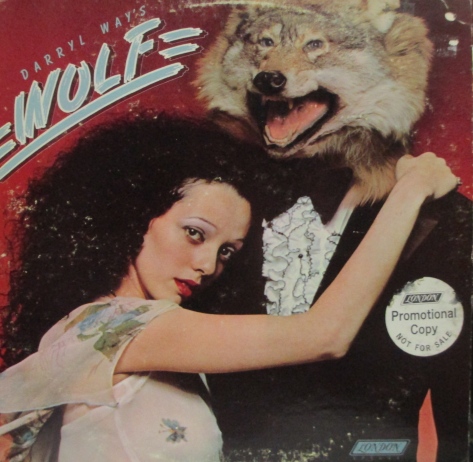

Formed out of progressive-rock pioneers The Nice and King Crimson, this band had no problem finding an audience, especially in their own country. At this point, the sound comes out of those innovative groups, but unfortunately, this also reeks of what would come, with Lake’s contributions stinking of pomp. The same can be said of Emerson and his keyboard wizardry. Still, it’s a worthwhile listen for fans.
— winch
Apparently the seven-part side-long title track is the story of a battle between the mythical creature Manticore and a tank/armadillo named Tarkus, but side two gets even more absurd when it becomes an excuse for Lake to deliver a heavy-handed sermon. His lyrics and vocals ruin some of the cuts, but at least this set doesn’t include a Lake-penned ballad, and “Tarkus” has some of this group’s best moments, especially when they hint back to King Crimson and get the thing rolling along like a rock-and-roll song on cuts such as “Manticore.”



While this is another varied set from this outfit, it’s clearly their best.
— winch


While this patchy set was a considerable improvement over the third album (Pictures at an Exhibition), that’s not really saying much. ELP: another reason punk had to happen.
— winch













